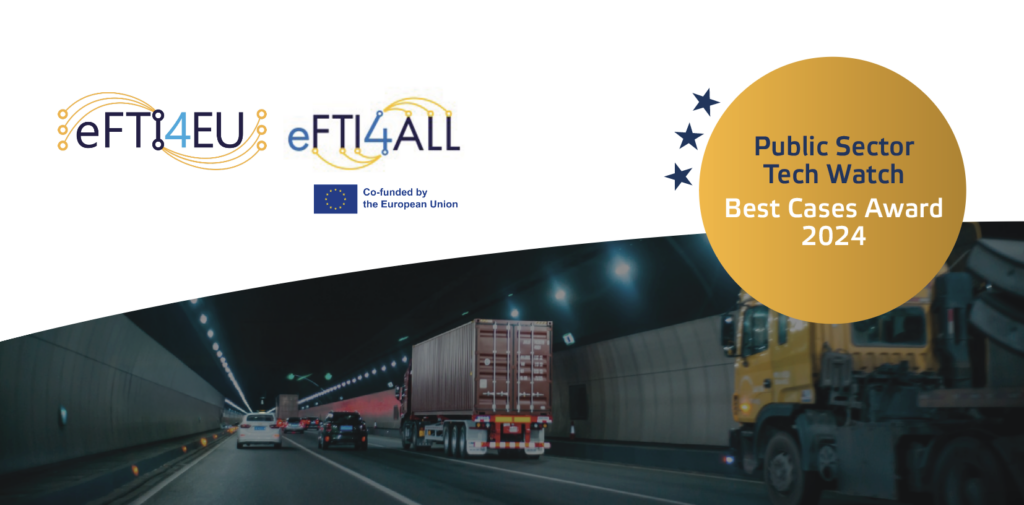Digitizing all freight transport in the European Union: why and how?
Why?
Many carriers are familiar with the eCMS or digital waybill, which has been tested in the Benelux in a pilot project since 2016 and is now being extended until the end of 2025. Carriers can thus continue to use a secure and authentic digital waybill when transporting goods by road within the Benelux. This puts them on the right track for the next upcoming European regulation, namely the implementation of the Electronic Freight Transport Information Regulation (eFTI). The content of this is very much inspired by the Benelux trial: e-CMR will then be extended to other modes of transport than road transport, will be extended to the entire European Union and the e-CMR platform would eventually be integrated into the European eFTI platform structure by the end of 2025. After all, efficiency in freight transport is important for the growth and competitiveness of the European economy, the functioning of the internal market and the social and economic cohesion of all regions.
How?
A roadmap has been set up in two approaches: on the side of the governments, an integration and harmonization of different IT solutions in the different countries to exchange cargo information is being worked on. This is the first part eFTT4EU in which governments are taking the lead. The eFTI regulations mandate countries to accept multimodal electronic transport information from 2027. The eFTI4EU project – a pan-European consortium of 23 partners, including 8 European lander and 3 observers – is going for the technical specifications and a reference implementation of the transport information platform. This data will be shared with other European countries. A second component is eFTI4ALL project: a logical further step in which other European countries and especially the economic players themselves are pulled into the bathtub through interoperability and easy use of the new standards that certainly do not throw the existing activities overboard but rather want to enrich them. There are already 39 partners who want to make progress in this digitization story from the business point of view.Benefits? Digitization of multimodal freight transport in the European Union has many advantages: cost savings, time savings, more efficiency, more transparency, and less impact on the environment.
Both projects were funded by the European Commission’s CEF (Connecting Europe Facility) program.


